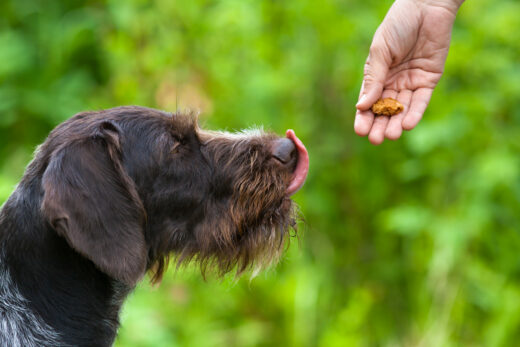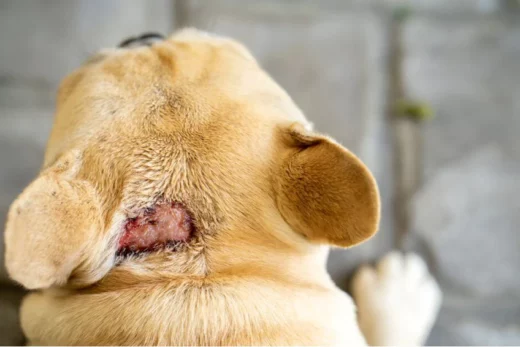Dogs, like humans, can get glaucoma. Although glaucoma may appear to be simple eye concerns, they are urgent eye problems that can grow and worsen in a short amount of time. Thus affecting your dog’s health severely.
If your dog’s eyes are red, hazy, itchy, or highly weepy, you should see your vet right away. With the high prevalence of genetically wired glaucoma in pure breeds, it’s critical to know where to look and what to look for so you don’t miss the initial signs. Glaucoma can also affect mixed dog breeds.
What is glaucoma in dogs?
Glaucoma develops when the formation and disposal of aqueous humor are out of balance. This leads to a buildup of eye liquid, leading to prolonged eye pressure and severe pain. Increased eye pressure in dogs should be treated seriously because it can result in damage to the retina and optic nerve.

Glaucoma is triggered by a blockage in the disposal of the aqueous humor. The quantity and consistency of aqueous humor are directly related to intraocular pressure.
What are the different types of Glaucoma?
Primary refers to the eye’s inability to discharge through its filtration angles.
Open-Angle Glaucoma (Primary)
This is pain-free, with loss of vision developing slowly over time. The most prevalent form of glaucoma in dogs is the open-angle or primary glaucoma. To quantify your dog’s pressure in the eye, your vet must use a tonometer.
Beagles, Shiba-Inus, and Shih-Tzus, are the dog breeds most frequently affected by primary open-angle glaucoma.
Signs of glaucoma in dogs
It’s critical to understand that when the dog owner notices any signs on the dog’s eyes, glaucoma will have advanced to the point where vision has become impaired, often beyond restoration. Since pain is the first symptom of glaucoma, early diagnosis is uncommon. The dog suffers greatly from elevated IOP.
Unfortunately, dogs cannot tell us while they’re in pain with words. They deal with pain in an entirely different way than we do. For example, when humans are in pain, we rub and touch the area that is bothering us. Dogs, on the other hand, avoid rubbing the painful area entirely. The pain caused by a high IOP feels like a continuous headache, and dogs have a hard time coping with this. This is why suffering is so difficult to detect in dogs – it is not evident.
Here are some common symptoms of Dog Glaucoma





